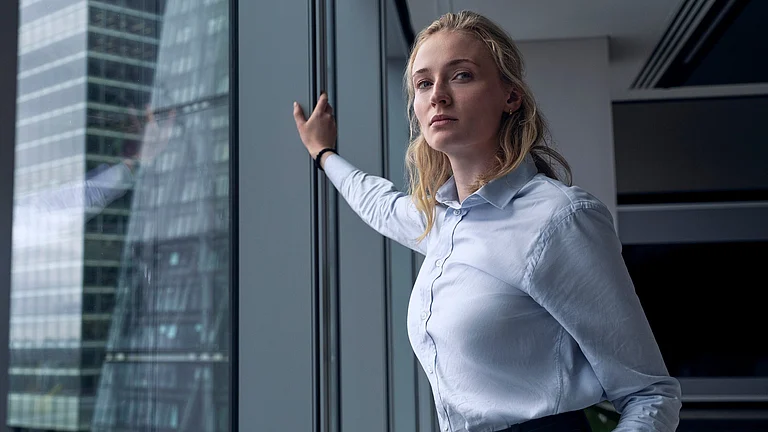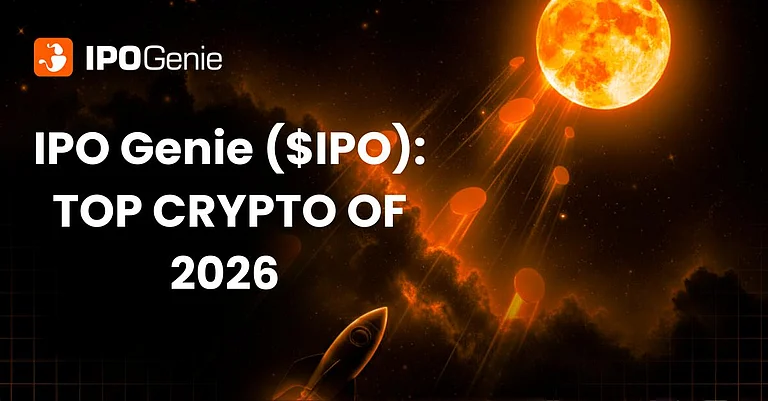One of the most scathing judgments on Indian sports administration was delivered in May 2014. Justices Ravindra Bhat and Najmi Waziri of the Delhi High Court used some extremely strong words to lambast and ridicule sports administrators in a case involving the contentious National Sports Code. “Sport administration, the way it is run in India, through coteries, cabals, manipulations and intrigues, seems to discourage a vast majority of the population to devote itself to athletics, shooting, judo, table-tennis, gymnastics, soccer, boxing, fencing and the like,” wrote Justices Bhat and Waziri in their judgment.
The Indian Olympic Association (IOA) had earlier filed a writ petition against the Union of India, saying certain provisions of the code was beyond the jurisdiction of the government. The two judges dismissed it with the landmark, 78-page judgment.
However, a ruling excoriating ‘cabals’ is one thing; changing matters on the ground is another. In the five-and-a-half years since, little has changed—examples are the constant squabbles between the government and the IOA/national sports federations (NSFs). As the three main recalcitrant protagonists—each backed by vested interest groups (often influential politicians)—try their best to avoid transparency, accountability, and conflict-of-interest judicial scrutiny, the courts, Supreme Court downwards, are seized with cases on these vital issues.
While the Board of Control for Cricket in India (BCCI) is desperate to circumvent the Lodha Committee-drafted and SC-approved model constitution, the IOA is fighting tooth and nail to deflect a similar attempt for reforms through the sports ministry-promulgated National Code for Good Governance in Sports 2017, though it’s still in a draft stage. While the BCCI has amended/diluted key elements and is awaiting the SC nod for it, advocate-activist Rahul Mehra has been fighting almost a single-handed battle with the IOA and the NSFs in the SC and Delhi High Court, seeking transparency and accountability from officialdom.
A resolution is nowhere in sight; the cases are mired in stalemate. The reason is the resistance offered by individuals, including heavyweight politicians/businessmen. Why do sports hold such an attraction for politicians? “It’s very simple: sports administration has power, influence, and offers glamour…. That’s why they cling on to their posts,” former Chief Justice of India Rajendra Mal Lodha tells Outlook.
Ironically, politicians play a crucial role forming rules that govern sports –itself a conflict-of-interest issue. Still, the National Sports Development Bill, 2013 and the Sports Code for Governance in Sports, 2017 are hanging fire for years, with administrators resisting change and refusing to embrace transparency.
While the first government-formed guidelines for NSFs came in September 1975, in the next 44 years, India has not been able to agree to a permanent set of regulations. After 1975, the guidelines were revised in 1997 and issued in 2001. It led to an outcry by the IOA/NSFs against certain stipulations. The government buckled under pressure, then prepared a draft policy in 2007, but that too was stalled by influential people. Separately, the Ajay Maken-headed sports ministry in August 2011 placed a draft of the National Sports Development Bill before the Cabinet, which promptly rejected it.
Then, a National Sports Development Code was introduced in 2011. In 2017, a strong code was drafted by a committee that comprised prominent sportspersons like Abhinav Bindra and Prakash Padukone. The nine-member panel included Narinder Batra, now president of the International Hockey Federation and the IOA. When he signed the 2017 draft code he was associate vice president of the IOA. But now, the IOA headed by him has rejected the same.
The IOA’s main objections are: age limit of 70 years for officials, tenure cap, cooling-off period, bar on politicians/government servants, bar on immediate relatives of officials, audit of accounts, mandatory representation of athletes in governance and bar on voting right of state Olympic bodies. After the IOA/NSFs rejected the 2017 draft code, the ministry recently constituted a 13-member committee to “review” it. But Mehra successfully secured a stay from the Delhi HC, citing conflict-of-interest cases related to the panel members. The next hearing is on February 14.
Mehra feels all parties—the IOA, NSFs, BCCI, Union sports minister Kiran Rijiju and the Centre—are hand in glove in a bid to water down the code. “BCCI and IOA, with tacit support from the minister, intends not to implement an effective and transparent sports code, and is bent on diluting it by making the age and tenure restrictions meaningless and giving career-politicians and others a free run in the NSFs,” he charges.
Athletics Federation of India president Adille Sumariwalla disagrees. “The sports code needs to fall in line with best practices of International Olympic Council (IOC), the national Olympic committees and international sports federations. Fifty per cent of the 2017 draft code needs to be restructured,” the former champion sprinter tells Outlook.
But sports lawyer Vidushpat Singhania feels the 2017 draft is good enough. “I don’t know if age and tenure caps need to be diluted when these have been upheld by the Delhi HC. And there has been no objection from the IOC on that; they have not debarred India. I don’t think there’s any reason to dilute these, and all of them [IOA and NSFs] have implemented these as well,” says the man who was a member of the Mukul Mudgal-headed panel that drafted the 2013 Bill.
Former badminton champion U. Vimal Kumar concurs with Singhania. “So far tenure is concerned, it is 12 years, and in this period anybody could do a good job. That aspect many are not willing to accept,” he says. Former India football captain Bhaichung Bhutia, part of the present 13-member panel, says the code should be “athlete-centric”, as “priority should be sports, and it needs a lot of inputs from athletes”.
Sports lawyer Nandan Kamath, part of the panel that wrote the 2017 draft, feels government control in sports should go. “Indian sport has evolved in a very government-centric manner with expectations of funding…and a general cynicism about the state of federations. A government that facilitates rather than controls and well-governed, transparent federations leads to corporate and public participation in sport,” he says.
As the country awaits an ideal sports code, it is worth recalling what Justices Bhat and Waziri wrote in their judgment in 2014: “Sports administration…appears to have reached depths from where neither sporting bodies nor the state seem to care any longer for successive generations’ sporting future. Reform is to be introduced urgently. Sports administration appears to be mired in power play, where money, influence and chicanery play a dominant part and those who had participated in competitive sports at some stage are given token representation or mostly marginalised. As the cliché goes, the state of sports is in a lockjaw where roughly 1.2 billion people have to rest content with a harvest of medals so meagre as to be surpassed by one individual like Michael Phelps”.
The American swimmer won 28 Olympic medals, including 23 gold. India has a grand total of nine gold, in a total of 28, in 119 years of Olympic participation. All arguments end there.

























